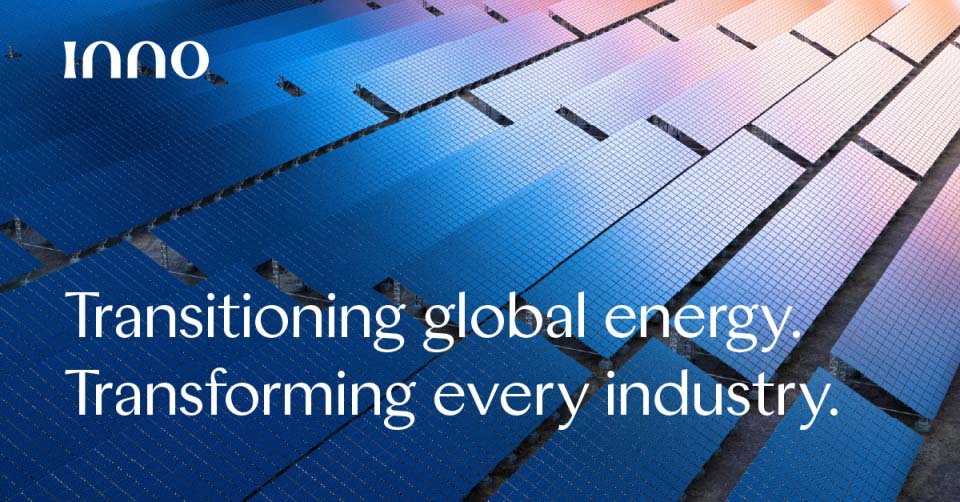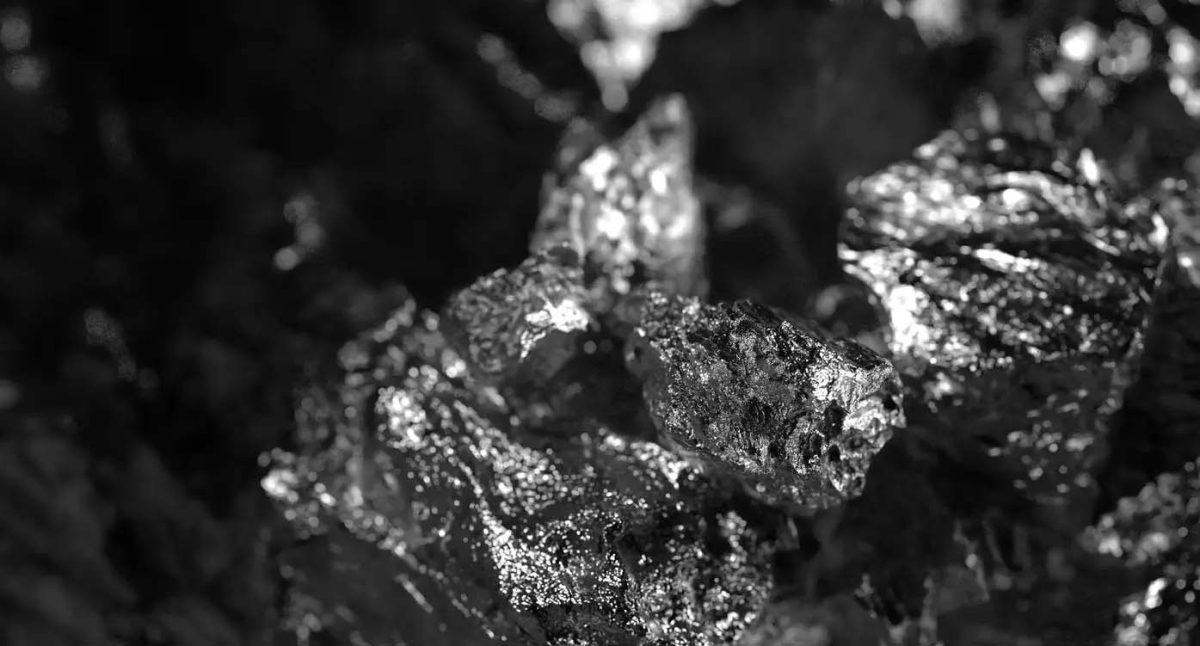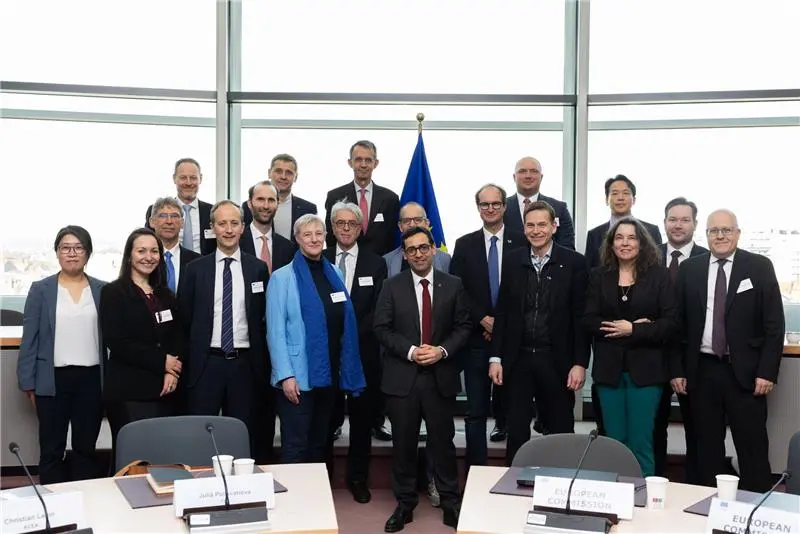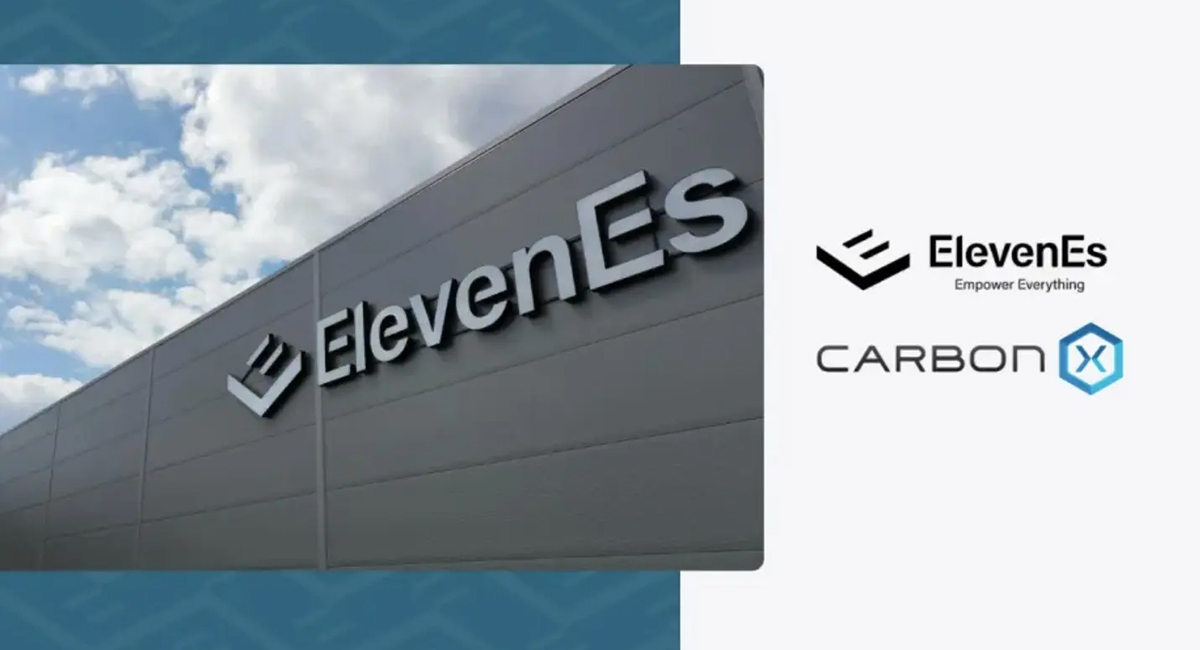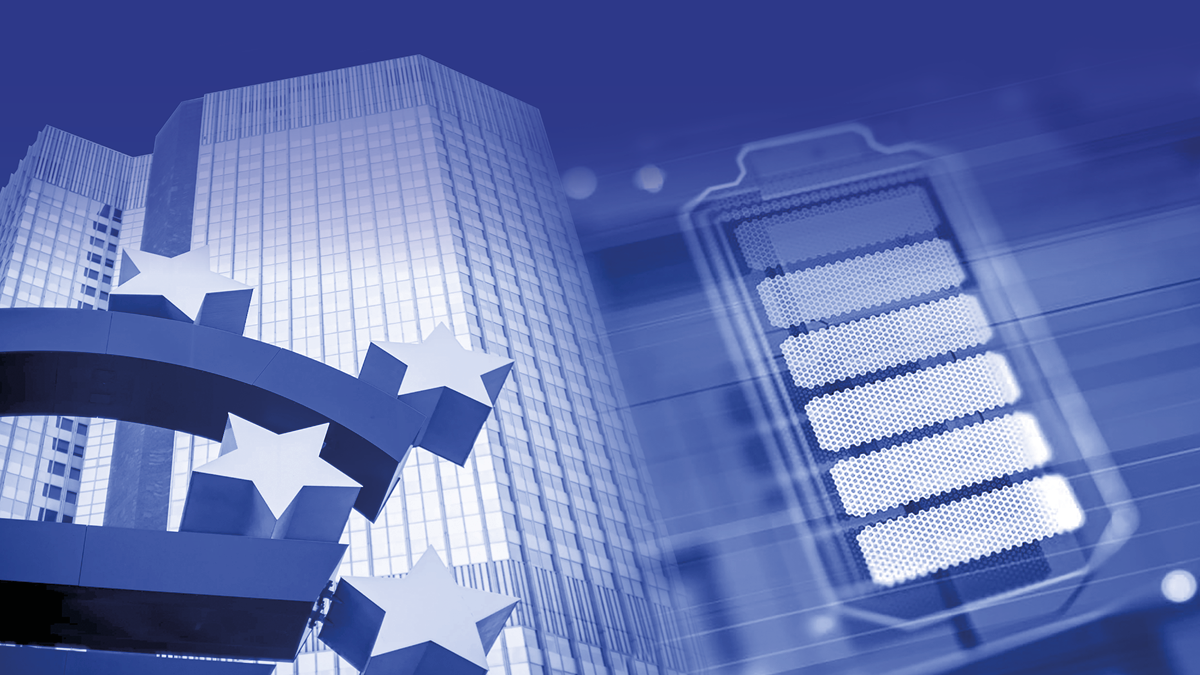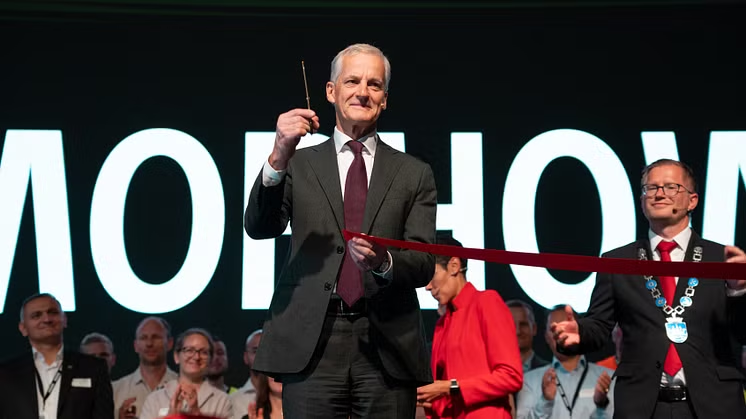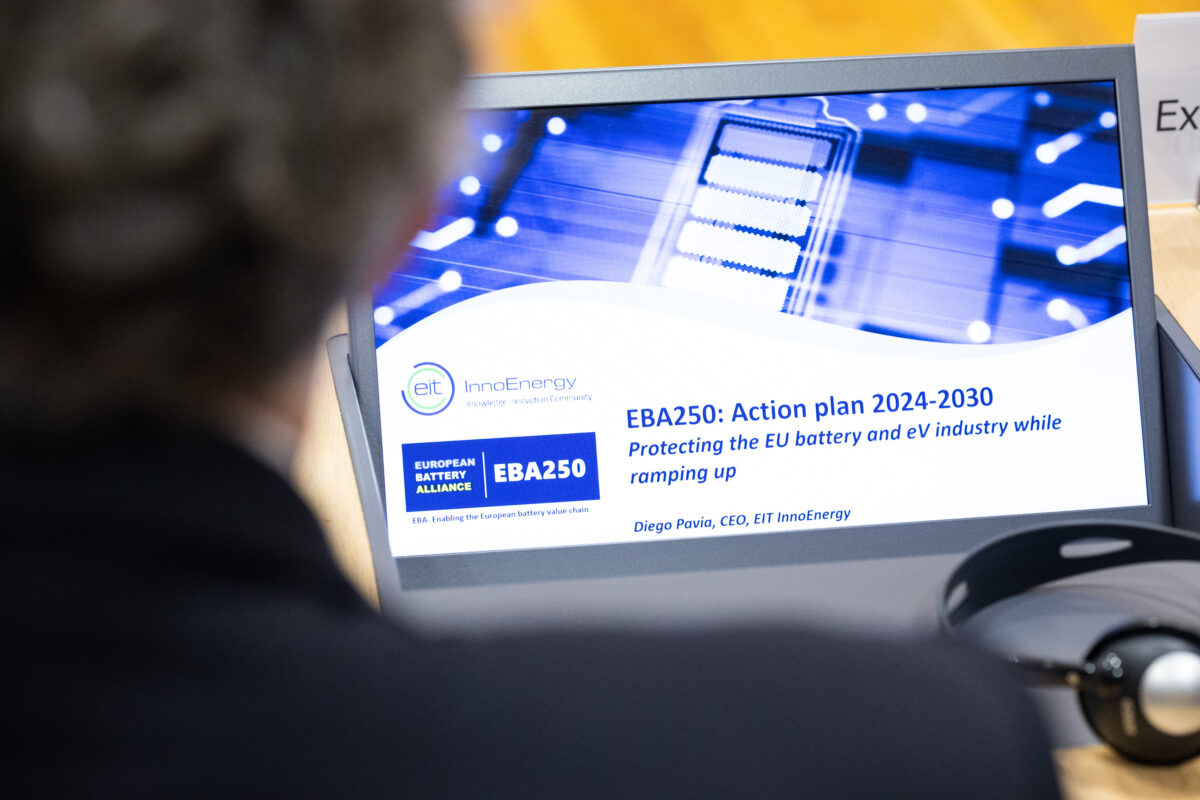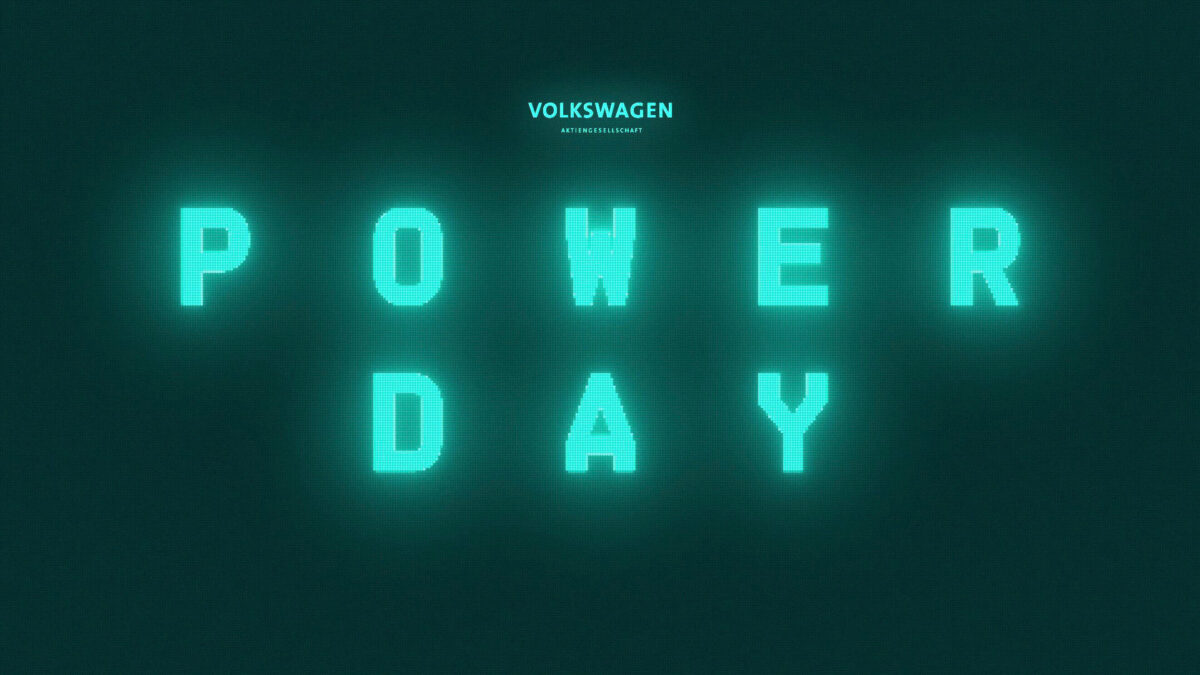
Mar 16, 2021
E-Mobility has won the race: Reflections on VW’s Power Day
Yesterday, Volkswagen presented their technology roadmap for the battery and charging sectors up to 2030 at its Power Day, an event that clearly found its inspiration from the Tesla “Battery Days” last December. The event was however not a mere copy but a presentation of concrete plans of the that will have an enormous effect on the European battery value chain. The announced plan is indeed to have six “Gigafactories” throughout Europe only to supply their fleet.
Electrification is the only path for Volkswagen, or as their CEO Herbert Diess clearly stated in its opening remarks: “e-Mobility has won the race. It is the only solution to reduce mobility emissions fast.” With electrification being the ultimate path for the automotive industry, it is obvious that batteries cannot be longer regarded as a mere commodity for the automotive industry. Batteries are in fact at the very centre of it. Contrary to Tesla, Volkswagen also sees the development of chargers and the surrounding infrastructure as their core business.
Cell technology and Form Factor
Reduction of cost and complexity are the core of Volkswagen’s battery technology roadmap. This will be achieved through a new uniform battery cell, prismatic large format cells. The standardised battery cell is expected to be installed in up to 80 per cent of all the group’s electric vehicles by 2030. What sets them apart are different cell chemistries for different market segments.
Volkswagen relies on LFP cells for its entry-level models in the near future. Cells with a high manganese or nickel content are to be used for the larger and more powerful series of the Group brands, and nickel-rich cathodes are likely to be used for premium brands because of the higher material costs. The company has the goal of reducing costs for batteries by 50% for entry-level models and by 30% in the segments with large volumes. Recycling will also contribute to the cost saving in the long run.
Solid state batteries are however regarded as the ultimate goal and production is planned to start in 2025. Such batteries are expected to have several advantages, including shorter charging times for customers and weight reduction compared to current battery cells with heavy anodes. In addition, thanks to their simpler construction, they will further contribute to cost reduction.
Effects on the European battery value chain
Volkswagen’s recent announcement to significantly increase their sales targets to 70% for pure electric vehicles in 2030 impacts of course the demand for battery cells and battery materials.
This was reflected in the presentation yesterday – Volkswagen previously aimed for about 150 GWh by 2030 whereas the company revealed yesterday that this capacity is not sufficient to secure their supply. The VW Group alone will in fact need 240 GWh of cell production cpacity by 2030 – and wants to cover this demand with six European gigafactories, each with an annual output of 40 GWh!
The gigafactories will be build by Volkswagen itself or in partnership with others, where the partnership with Northvolt plays an important role. Yesterday was also announced that Volkswagen has ordered $ 14 billion worth of cells over the next ten years from Northvolt – which will result in a ramp up of production capacity of the Northvolt Ett facility to eventually 40 GWh / year. According to the presentation, production is to start there in 2023 and will primarily produce the unit cell for premium vehicles.
The second 40 GWh factory is to be built in Germany, Salzgitter. This factory has previously been planned as joint venture between Northvolt and Volkswagen. However, it was now revealed that Northvolt will sell its share in the Northvolt Zwei joint venture in Salzgitter to Volkswagen. In return, the German OEM will increase its share in Northvolt.
A second Gigafactory is planned to be build in Lower Saxony from 2025, a third one is probably to be located somewhere in southwestern Europe. Spain, Portugal or France were mentioned as possible locations. Eastern Europe is supposedly the choice for the fourth Gigafactory and the company is in discussion with the governments of the Czech Republic, Poland and Slovakia as well as with the European Commission. The year 2027 was mentioned as the planned start of production.
The location of the remining two gigafactories was not disclosed yesterday.
Battery: Closing the loop strategy
What also became clear yesterday is that access to battery materials is important – and Volkswagen will engage actively in recycling and the re-use of batteries. Volkswagen has already built its own recycling plant in Salzgitter and plans on extending this business line with the reasoning that recycling will help reduce both greenhouse gases from cell production and cost for the end customer.
Charging infrastructure: rapid expansion and partnerships
A lot of focus was put not only on the development of charging infrastructure but also on the charging speed. This is an area where Volkswagen already is “world class” both in the premium segment and in the mass market. The targets are ambitious with an expected charging time of 12 min for 450 km drive. They even mentioned that the target is as short as 10 min! This will most likely eliminate the need to have even bigger batteries especially if the charging infrastructure is built.
Volkswagen wants charging to be as convenient as refuelling and wants to invest around 400 million euros in charging infrastructure by 2025. For Europe, the plan is to have 18,000 fast charging points installed by 2025. That is five times more than current levels. To have the geographic coverage Volkswagen aims to develop the charging infrastructure in partnerships, such as with BP (UK), Enel (Italy) and Iberdrola (Spain). Volkswagen also continues their investment in IONITY.
In China, they will have 17,000 fast charging points by 2025 within the partnership CAMS and in the US, they will have 3,500 fast charging points by the end of next year.
Surprisingly, Porsche will have its own exclusive charging network – but more of interest was the announcement that all electric vehicles from Volkswagen from 2022 onwards will support bidirectional charging. With the future integration of electric cars into private, business and public energy systems, Volkswagen will be able to find new revenue streams and ways to attract customers. But this announced sector coupling has more benefits – for private customers and grid companies alike as it enables increased “off-grid solutions” and grid services by integrating the vehicle battery into the public power grid.
All in all those announcements really show Volkswagen’s commitment to e-mobility. And given their size, the implementation of their strategy will surely effect the battery value chain for the years to come!
The webcast of the event can be found on Volskwagen newsroom or on You Tube. Additional information can be found in the Volkswagen Power press release and presentation.
More EBA250 news
InnoEnergy, the driving force behind the EBA250 initiative, introduces today its new brand identity,…
The new EU-funded facility will enhance global raw materials partnerships and access to Critical…
Last week, InnoEnergy and EBA250 represented the battery value chain in Brussels alongside Verkor…
ElevenEs, a European LFP lithium-ion battery manufacturer, has signed a Joint Development Agreement with…
The European battery industry has come a long way since the launch of the…
The 2024 Innovation Fund calls for proposals have been launched this week, with a…
Altris, a pioneering Swedish developer of sodium-ion battery technology, has reached significant milestones that…
Last Friday, Morrow Batteries officially inaugurated the first giga-scale LFP (Lithium Iron Phosphate) cell…
On May 24, 2024, the 8th High-Level Meeting of the European Battery Alliance (EBA)…
Following the recent announcement from EVP Šefčovič on the need to support manufacturing of…
